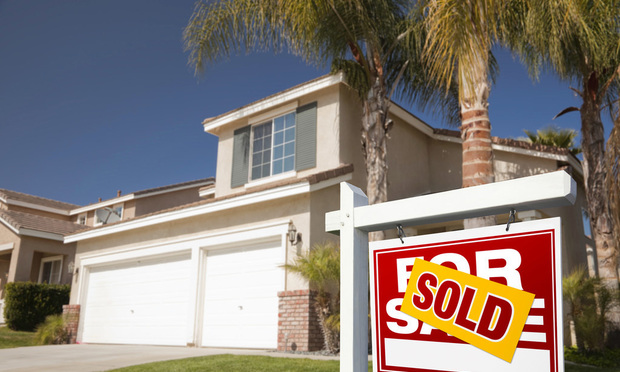 In total, 82% of first-time homebuyers used some form of low-down-payment mortgage products, which are enabled by private mortgage insurance, during the third quarter. (Credit: Andy Dean/iStockphoto.com)
In total, 82% of first-time homebuyers used some form of low-down-payment mortgage products, which are enabled by private mortgage insurance, during the third quarter. (Credit: Andy Dean/iStockphoto.com)
First-time home buying experienced a major lift during the third quarter of 2020, according to Genworth Financial, Inc., which reported a 20-year high of 700,000 single-family homes were purchased by first-time buyers. During the period, the repeat buyer market grew 17%, compared with the year prior.
Recommended For You
Want to continue reading?
Become a Free PropertyCasualty360 Digital Reader
Your access to unlimited PropertyCasualty360 content isn’t changing.
Once you are an ALM digital member, you’ll receive:
- Breaking insurance news and analysis, on-site and via our newsletters and custom alerts
- Weekly Insurance Speak podcast featuring exclusive interviews with industry leaders
- Educational webcasts, white papers, and ebooks from industry thought leaders
- Critical converage of the employee benefits and financial advisory markets on our other ALM sites, BenefitsPRO and ThinkAdvisor
Already have an account? Sign In Now
© 2025 ALM Global, LLC, All Rights Reserved. Request academic re-use from www.copyright.com. All other uses, submit a request to [email protected]. For more information visit Asset & Logo Licensing.








